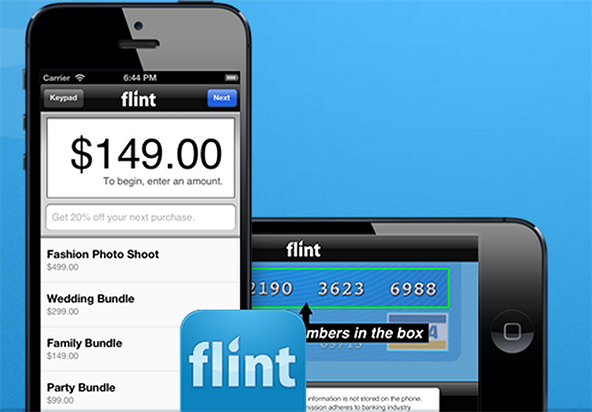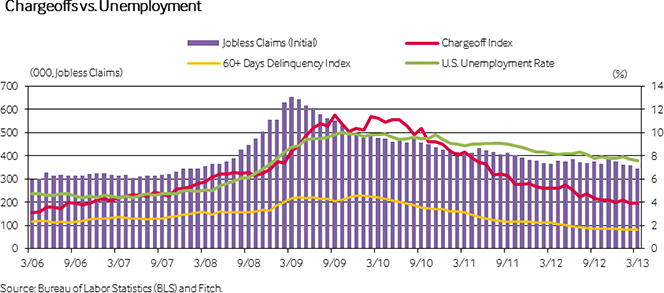High-Risk Merchant Accounts and Mainstream Payment Processors

Almost every week I get contacted by a merchant operating some type of a high-risk business or other whose merchant account has just been terminated by a mainstream U.S. payment processor — think First Data or Chase Paymentech. At first I was surprised that a processor specializing in low-risk merchants would even look at the types of businesses that were coming my way, never mind taking them on board. After all, in years past I have worked with both of the aforementioned processors, as well as other traditional ones and know how tight their underwriting standards are. And yet, the just-terminated high-risk types just kept coming, and still are.
So I thought I’d share with you my observations and thoughts on why very high-risk merchants are boarded with low-risk processors in the first place, how likely it is that such merchant accounts would survive in the long run and what to do if or when such an account is terminated. Let’s get started.
Low-Risk Processors and High-Risk Merchants
First, let’s define “high-risk” for the purposes of the present exercise. The reason this is important is that a mainstream processor will always tell you that they do underwrite high-risk merchants — and they do, on a selective basis. For example, the underwriting manuals of some of the biggest U.S. processors will tell you that they can work with merchants like auction houses, dating services, dietary programs, financial consultants, fortune tellers, providers of financial aid and counseling, nutraceuticals, timeshare sellers, etc. You get the picture. Well, I am here to tell you that, with notably rare exceptions (yes, I’ve been looking for a chance to make use of this Greenspanism for a long time), traditional processors turn down all applications from businesses in the above categories and others in their risk category. However, as the constant stream of recently terminated high-risk merchants coming my way clearly testifies, there are indeed exceptions, even as I have no way of knowing just how notably rare they are. So what’s going on?
Well, here is what I think takes place. Let’s say that a traditional processor receives the application paperwork of a, say, weight-loss website. The underwriter on whose desk the paperwork is placed takes a look at it and sees that everything checks out: yes, the business is high-risk, but is not unqualified, all paperwork is in order, the financials look good, the business history is solid, the personal and business credit reports both check out, there is more than enough money in the bank to support the operation and the merchant’s contact is a very intelligent and nice person, one you can clearly do business with. It seems as if this is a business that is not all that high-risk, after all. So our underwriter prices the merchant accordingly (in fact, traditional processors don’t even mark up higher-risk businesses all that much), places a 10-percent reserve on its funds, tells his contact at the business that they will keep a close eye on their performance in the first few months and gives it the green light. The underwriter has done a good job at signing up a good-looking merchant and the merchant has secured a low-cost, high-quality merchant account. Everyone is happy! Except that this is not the end of the story, it never is.
When Things Go Wrong
There is a couple of equally-likely scenarios for what could take place with our newly set-up merchant account in the first few months (typically up to six months) of its existence. The first one involves a review of the merchant. Such a review doesn’t necessarily need to be prompted by any event, but could simply be an evaluation of this particular underwriter’s recent work by a superior or it could be performed by the processor’s risk management department. Whatever the reason, the reviewer may not see the merchant in quite the same light the original underwriter did. After all, the merchant operates in a very high-risk industry, whereas the processor specializes in low-risk merchant accounts. Alternatively, the processor may have just revised its underwriting policy, which could have had an adverse effect on the particular industry into which our merchant operates. The upshot is usually a call to the merchant and a termination notice.
The other scenario involves a spike in the merchant’s chargeback or decline rates, which would automatically place the merchant under review. Now, keep in mind that the chargeback rate doesn’t necessarily need to “spike” for a review to be initiated. A mere jump to 0.3 or 0.4 percent on, say, the fourth month of operation would do the trick, even as such a level would still be well below the penalty thresholds placed by Visa and MasterCard. At this point the merchant’s funds would be frozen until the processor convinces itself that the merchant can bring the chargeback and / or decline rate back down to a more tolerable level. However, once the processor initiates the review, it is highly unlikely that such a high-risk merchant would be given a second chance — after all, the merchant operates a very high-risk business and has just demonstrated that it cannot be trusted to keep a firm grip on its chargebacks. So what’s a low-risk processor to do? And so the termination notice is served.
The Takeaway
The point is that mainstream payment processors aren’t truly committed to serving the needs of high-risk merchants, even if their underwriting guidelines say otherwise. I think that the biggest issue is that a traditional processor lacks the flexibility needed to work with high-risk merchants, even as it is perfectly well equipped to do so. See, once a merchant is boarded, it is immediately placed into the group of “active merchants”, along with gas stations and convenience stores, and is expected to behave like them. However, the thing is that there is a reason why some industries are classified as high-risk, while others are not and a weight loss website’s risk exposure can never be brought down to a convenience store level. And if a processor is unwilling to account for and tolerate the difference, the relationship can never work, which is precisely what all of the terminated high-risk merchants who are contacting us have come to realize.
So is it a mistake for a high-risk merchant to contact a traditional processor? Not necessarily. A First Data or Chase Paymentech could provide your business with a high-quality service, if you can get it, at reasonable terms and at a time when a high-risk specialist would not be willing to review your paperwork. The thing is that UniBul and all of our competitors that I can think of work primarily with established businesses which already generate solid processing volumes (I may have to get into the reasons for why we do this in a future post). If your business hasn’t grown to a sufficiently large size, you may well be out of luck — it’s a tough world out there if you are a newly-formed high-risk business. On the bright side, once your mainstream processor has terminated your account, we will be more than happy to welcome you.
Image credit: Kurumsalhaberler.com.


